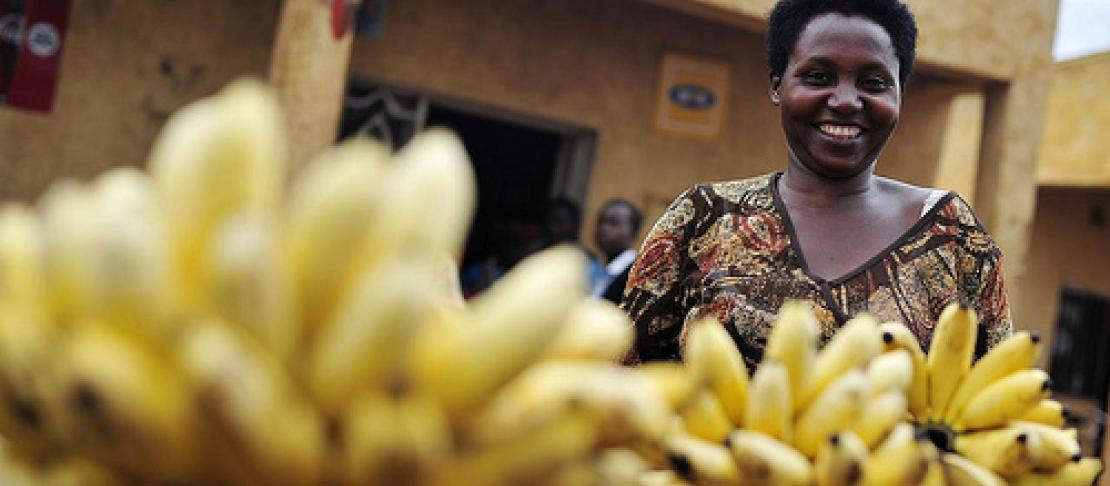Tropical fruit tree growers respond to climate change

By Jeremy Cherfas
When it comes to climate change and agriculture, almost all you hear about is the impact on short-lived crops, arable and horticultural. What about perennial tree crops? A newly published literature review shows that farmers are already feeling – and responding to – the effects of climate change on tropical trees.
What do you do when your mango trees – which took 15 years to start bearing fruit, and which have a good 50 years ahead of them – give up on you? Bioversity researchers decided to ask farmers. Progressive farmers, they found, are cutting out branches that aren’t bearing fruit and grafting new varieties onto their trees.
“These are anecdotal observations,” said Bhuwon Sthapit, coordinator of the project. “We heard from many farmers that they see changes in the pattern of flowering, and the flowers no longer set fruits. They assume that climate change is the reason.”
The impact of climate change on tropical fruits has been somewhat neglected – after all, they are already adapted to hot weather and a humid environment. The literature and surveys show, however, that there are impacts, most notably on tree phenology, especially flowering and fruiting.
The farmers’ response -- to graft different varieties -- is part practical solution, part experiment. They don’t know that the new varieties will be better, although they obviously feel it has to be worth trying if the old branches are no longer fruiting reliably. For researchers, this is an opportunity both to study the impact of climate change on flowering and fruit set and to help farmers by finding them varieties more likely to flower and fruit properly under predicted climate conditions.
“Another question that needs further research is what will happen to the geographical range of tropical fruits,” Sthapit explained. Again, there is anecdotal evidence. The upper limit for mangoes used to be around 900 metres above sea level; people now report having seen mangoes fruiting at 1700 metres.
Scientists, and farmers, would like to know what the best indicators might be to predict where specific tropical fruits will grow. “Things like night-time temperatures, temperature during pollination; that information is not in the textbooks, so we wanted to document the state of knowledge.”
The current state of knowledge on mangoes and much else besides is now contained in a book Tropical Fruit Tree Species and Climate Change, whose publication was funded by the CGIAR Research Program on Climate Change, Agriculture and Food Security (CCAFS). The book will be launched at the global steering committee meeting of the United Nations Environment Program (UNEP)/Global Environment Facility Coordination (GEF) Project, “Conservation and Sustainable Use of Cultivated and Wild Tropical Fruit Tree Diversity: Promoting Sustainable Livelihoods, Food Security, and Ecosystem Services,” which will take place in Kirby, Thailand on 18 July.
It is clear that there is great scope for further research on the impact of climate change on perennial crops, and that tropical areas are likely to see considerable changes in the behaviour of fruit trees.
“There could be many benefits for farmers,” said Sthapit. Many tropical fruits are highly nutritious and can also contribute to increased incomes for farmers, helping them adapt to climate change. And trees sequester carbon too, so there is a role for tropical fruit trees in mitigation as well as in adaptation.
Tis blog post was written by Jeremy Cherfas, Senior Science Writer at Bioversity.